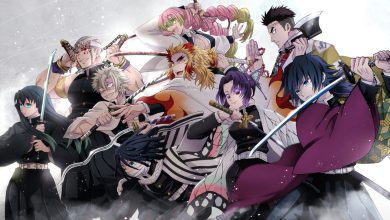Why Did Azula Have Blue Fire in Avatar: The Last Airbender?
Uncovering the Mystery of Avatar's Legendary Villain Azula's Blue Flames!
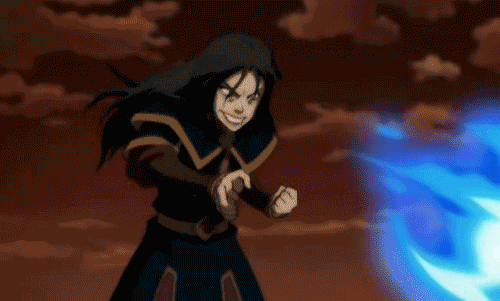
Avatar: The Last Airbender is a series that, to this day, has excited us all with its amazing cast and story. One such unforgettable character from The Last Airbender is none other than Azula. Azula’s character is so well-written, marvelously animated, and has so much depth that it cannot be fully grasped in just one watch.
But this article isn’t dedicated to analyzing her personality; rather, we are here to answer one of the hottest queries related to her character, and that is: Why was Azula’s fire blue rather than red like that of other fire benders?
Before we delve into explaining all the reasons that possibly acted as a catalyst for the blue color, make sure to check out our recent guide on the Beyblade watch order to relive the good old blader days!
Table of Contents
All the Possible Reasons Why Azula Had Blue Fire?
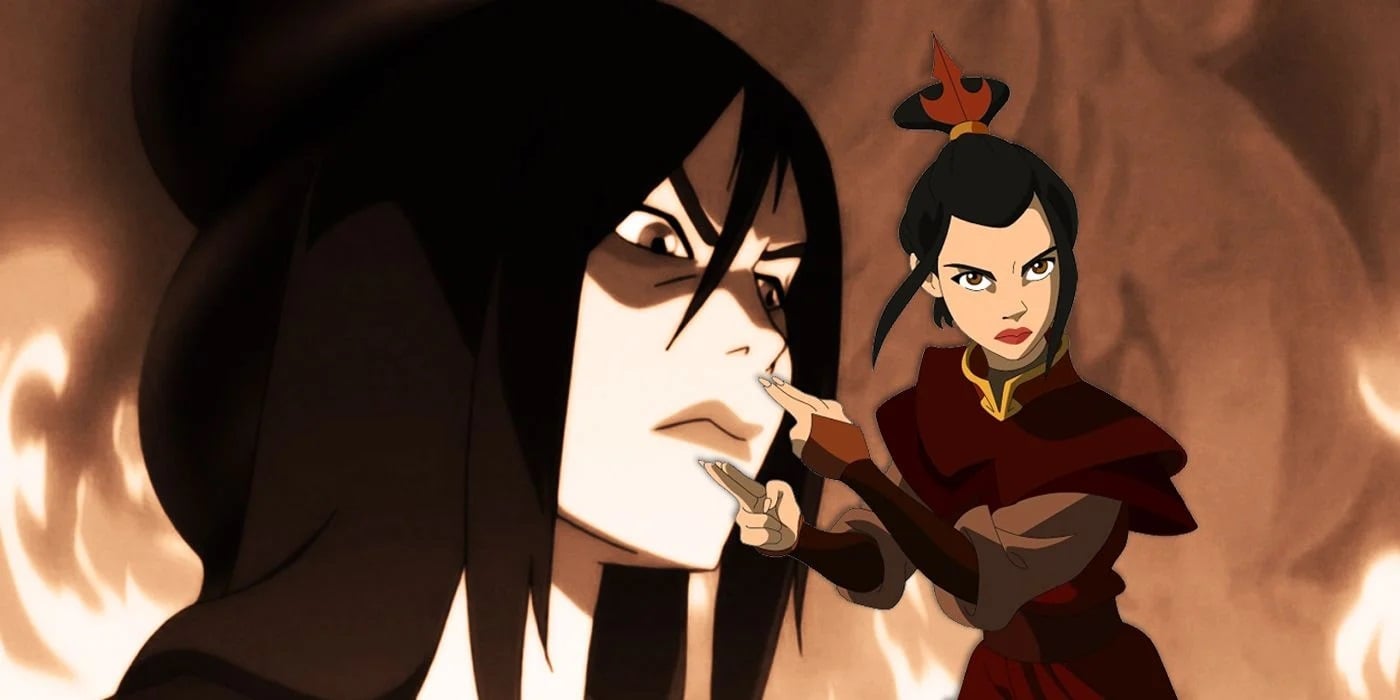
It’s no surprise that from the very first episode where Azula was introduced as a villain, we were all captivated by the unique color of her fire and her unmatched firebending ability. Even the most powerful firebenders, like our beloved Uncle Iroh and the legendary Fire Lord Sozin, don’t possess the same blue hues in their flames, which is quite fascinating tbh!
Moreover, even the Sozin’s Comet, can’t grant other firebenders the blue flames that our cold-hearted girl Azula has. To address this burning question, it’s important to understand that the creators of Avatar: The Last Airbender designed Azula and her fire-bending technique as a WORK of ART.
She is a villain with depth, possessing skills and a level of logic and mastery that others lack. It’s important to recognize that no single factor alone is responsible for her blue flames; rather, multiple elements combine to make Azula’s fire-bending technique one-of-a-kind.
To clarify, we have broken down the analysis into sections, each addressing the various factors that possibly contributed to Azula’s unique flame color.
READ MORE: 15 of the Most Jaw-Dropping Thriller Anime to Watch in 2023 ➜
1. It’s all in Her NAME!
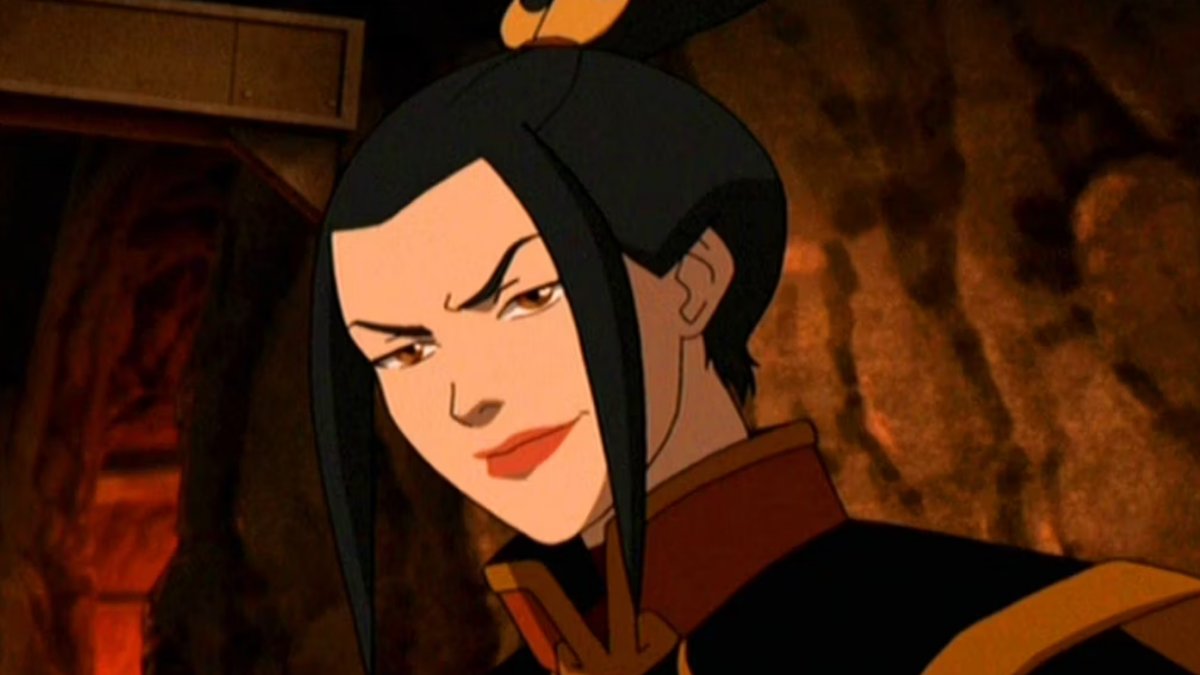
The first element contributing to Azula’s blue flames is her name. Azul in Azula is derived from Spanish, meaning blue. It’s possible that the creators chose blue flames for her to create a contrast that aligns with her name.
This theory holds some weight, especially considering that in Avatar: The Last Airbender, a dull villain is the last thing the creators would want. The show, known for its meaningful and far-from-boring narrative, reflects this in its choice of such unique character traits.
2. She Uses the Most Hottest Part
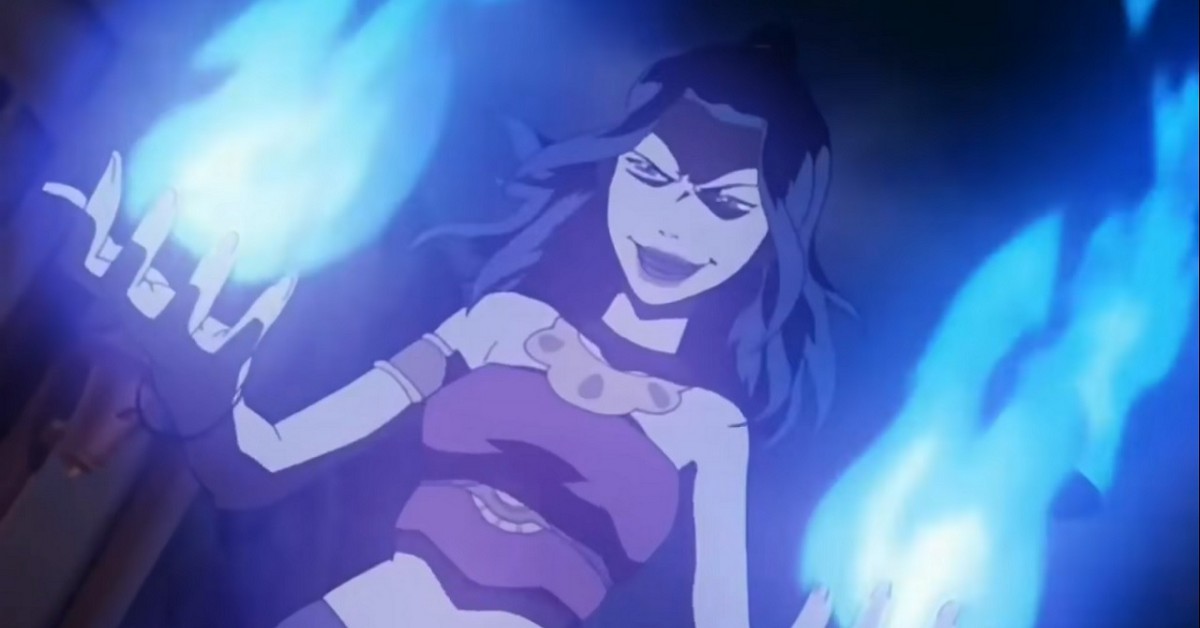
This reason has been widely famous among fans, and we also somewhat believe that this is true. Azula’s blue flames are symbolic of her extreme heat and power. Being the hottest, they are designed to portray her as the most ruthless among firebenders.
When you’re a villain in a popular anime show, having something unique is essential. On another note, Azula’s blue flames also highlight her diversity in firebending. In one of the episodes, she uses red flames to burn a doll as a child. However, as she aged, she mastered her skills and it’s plausible that Azula could bend red flames but chose the more extreme blue ones to flex!
3. Azula Uses Perfect Combustion Technique
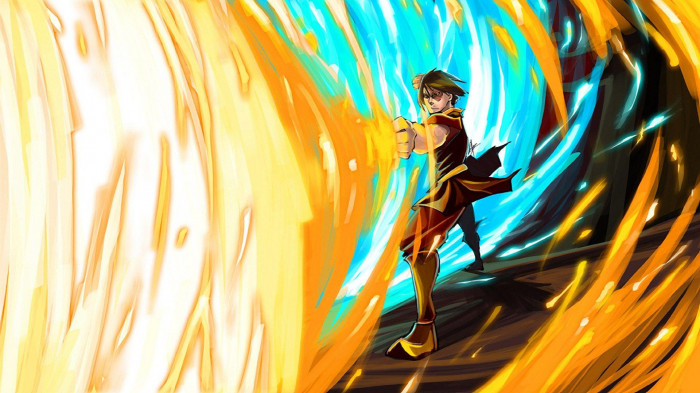
A more scientific and logical explanation for Azula’s blue flames is her pursuit of perfection, mirrored in her firebending abilities. Her blue flames symbolize the scientific phenomenon of perfect flame combustion, characterized by zero soot, zero off-gassing of combustion by-products, and zero carbon monoxide.
This perfection in combustion aligns closely with Azula’s character. In one of the episodes where we see Azula practicing, she becomes upset over stray hair strands. Despite her attack being flawless, she was still dissatisfied, reflecting her relentless pursuit of perfection. This quest for flawlessness dragged our cold-hearted queen crazy!
3. Rage & Lightening drives Azula’s Fire

One of the most striking things about Azula’s character is her ability to create lightning-like attacks against her opponents. This thing also represents her immense power and intense rage. The lightning is a reflection of Azula’s fury towards her enemies.
Azula treats her opponents as parasites. To her, they pose a threat to the unmatched power she has and to her claim to rule the Fire Nation. Amazingly, her flames turn blue as she channels her rage and incorporates lightning into each strike, aiming to overwhelm her opponents’ abilities completely.
4. She lacked Emotions
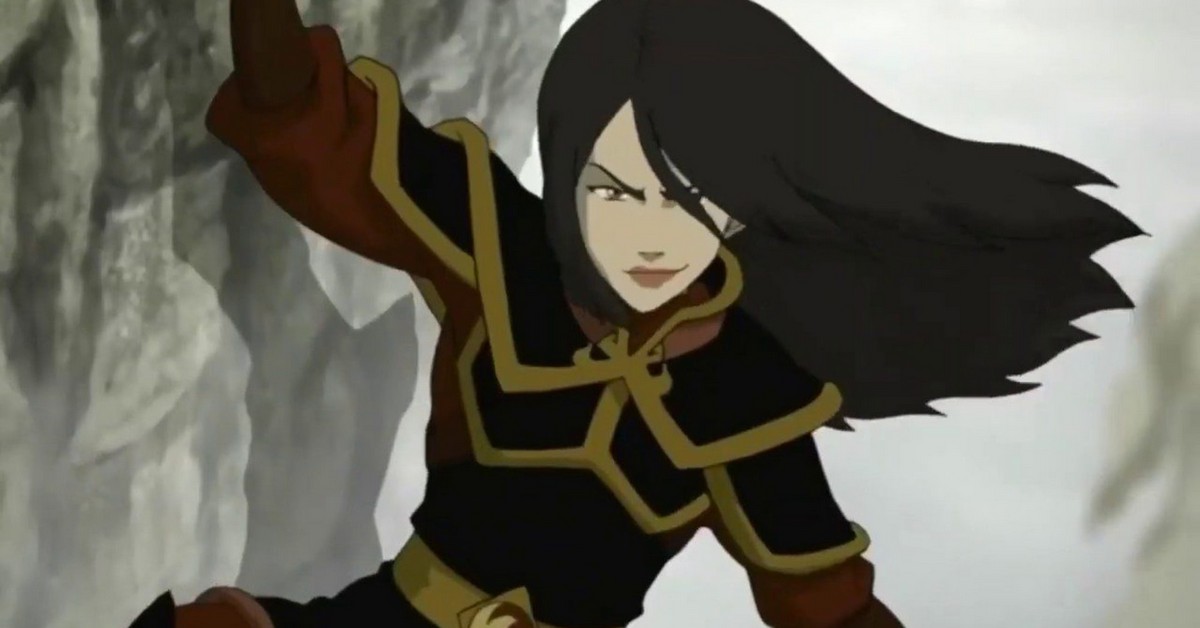
As Uncle Iroh once explained to Zuko, spirituality, and emotions play a significant role in firebending. Throughout the show, Zuko evolves towards emotional stability. He tried his best to shed his outcast label.
But, Azula’s journey is quite the opposite. She lacks emotional depth and spiritual stability, which typically ignites a fire bender’s flames with warm red hues. Azula’s attacks are cold-blooded, and her wounded spirituality shapes her into a twisted narcissist. She is someone who lacks warmth and probably this is what contributed to the blue flames.
READ MORE: Demon Slayer’s Doma: A Psychopathic Nihilist ➜
5. Her Desire for Domination
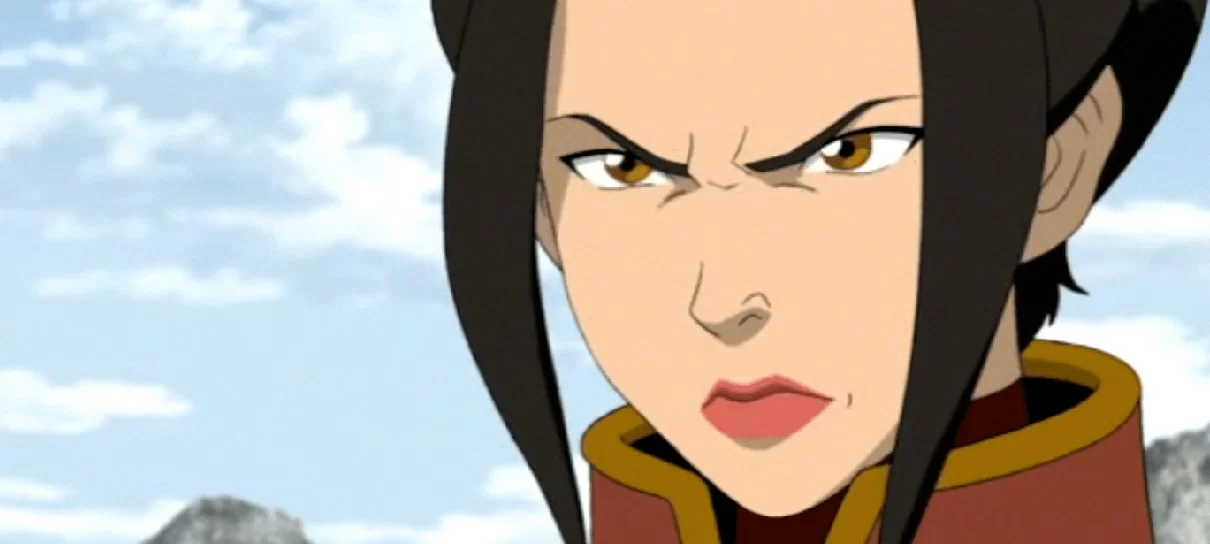
Azula’s firebending skills were top-notch, but she couldn’t control her emotions, and that affected her firebending too. Her intense personality and the never-ending desire for domination are what turned her flames blue.
She was so focused on power and control, lacking basic human empathy throughout the season. The last surviving dragons showed Zuko and Aang that fire isn’t just about destruction; it’s also about life and needs to be respected.
Azula, on the other hand, never really got that. To her, firebending was nothing but a tool for destruction and ruling the Fire Nation with an iron fist.
6. Azula’s Flames Can Be a Natural Phenomenon

One of the possibilities of the blye-colored flames is perhaps Azula represents a natural phenomenon in the world of bending. This can be taken into consideration especially when the creators introduced Toph’s groundbreaking metal bending techniques. Given the intensity of her blue flames, it isn’t too far-fetched to consider that she was naturally unique and made to surpass Ozai in terms of skill level.
7. Her Heritage Plays a Huge Role
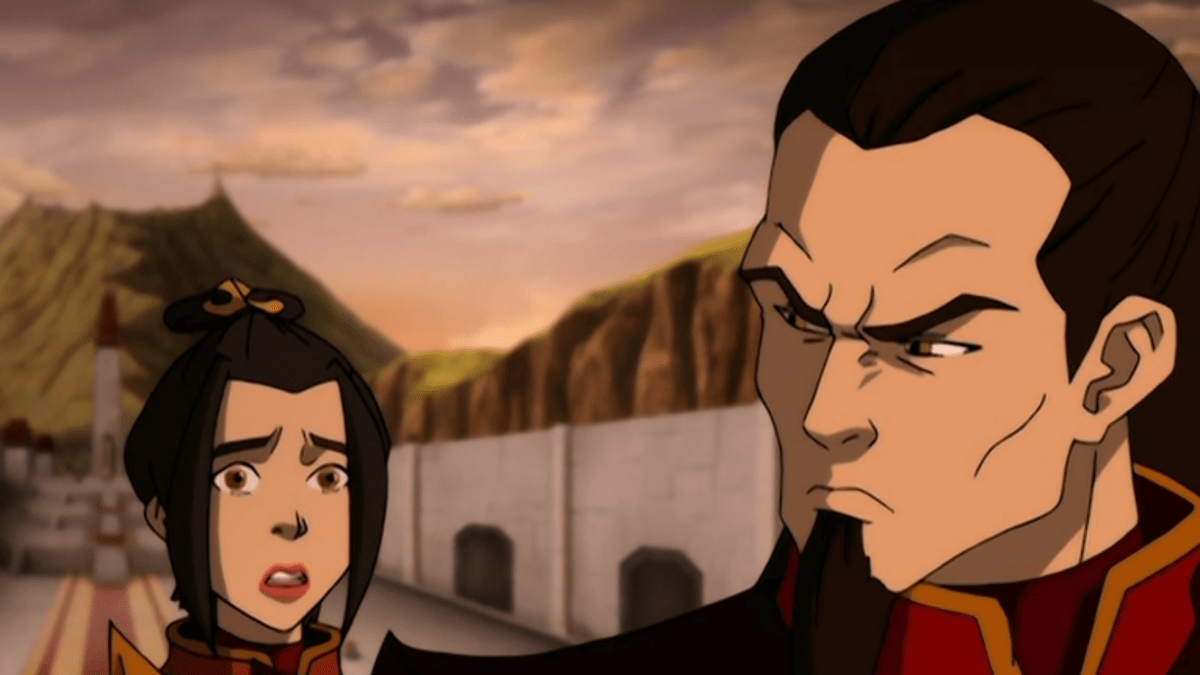
Azula was named after Azulon, her great-grandfather, widely known as the Dragon of the East. Her blue flames might be the result of the amazing genes she has. She got Azulon’s genes and she was also second to Ozai in strength who happens to be her father. This aligns a lot with her prodigy status who was destined for greatness.
8. The Blue Symbolism

On a deeper character level, the blue color symbolizes depression. Azula, as a character, is depicted as severely depressed. Despite being the strongest among her people, her depression grew into Schizophrenia.
The color blue is often associated with sadness, depression, and a sense of longing. It is often portrayed as a color that depicts the inner battles and turmoil of a character. If you all remember, Zuko’s adoption of the blue mask as the Blue Spirit is also a symbolic representation of his struggles.
It represents how he is concealing his true self beneath layers of sadness due to his loneliness, a sense of betrayal, and resentment.
READ MORE: 26 of the Best New Anime of 2023 ➜
Bottom Line

And that’s all folks! we hope that our readers can now understand all those potential elements that possibly contributed to the blue flames that Azula had in the series. If you love to read more about anime or want to know more about the latest news regarding popular anime series, Appauls, and its anime section is everything you need!
 Reviewed by
Reviewed by 



